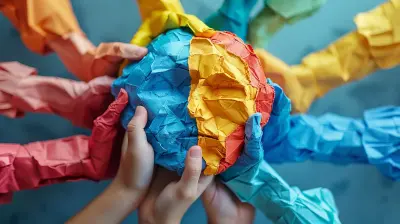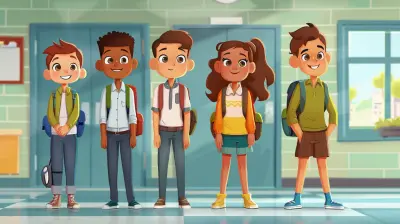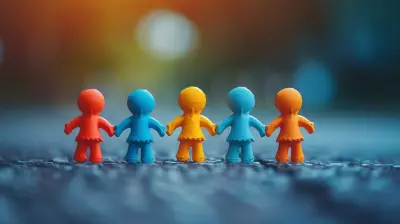Customizing Your Lessons with Open Educational Resources
23 June 2025
In the world of education, one size doesn’t really fit all. Every classroom is a little universe of its own—different students, varied interests, unique challenges. So, wouldn’t it make sense that lessons should be just as flexible? That’s where Open Educational Resources (OER) come into play. These digital resources aren’t just changing how we teach—they’re flipping the script entirely.
You might’ve heard the term tossed around in meetings or seen it listed in an email from your school admin. But what exactly are Open Educational Resources? More importantly, how can YOU, as an educator, use them to create lessons that actually stick?
Let’s take a deep dive. By the end of this, you’ll be ready to tailor-make your lesson plans using OER like a curriculum magician.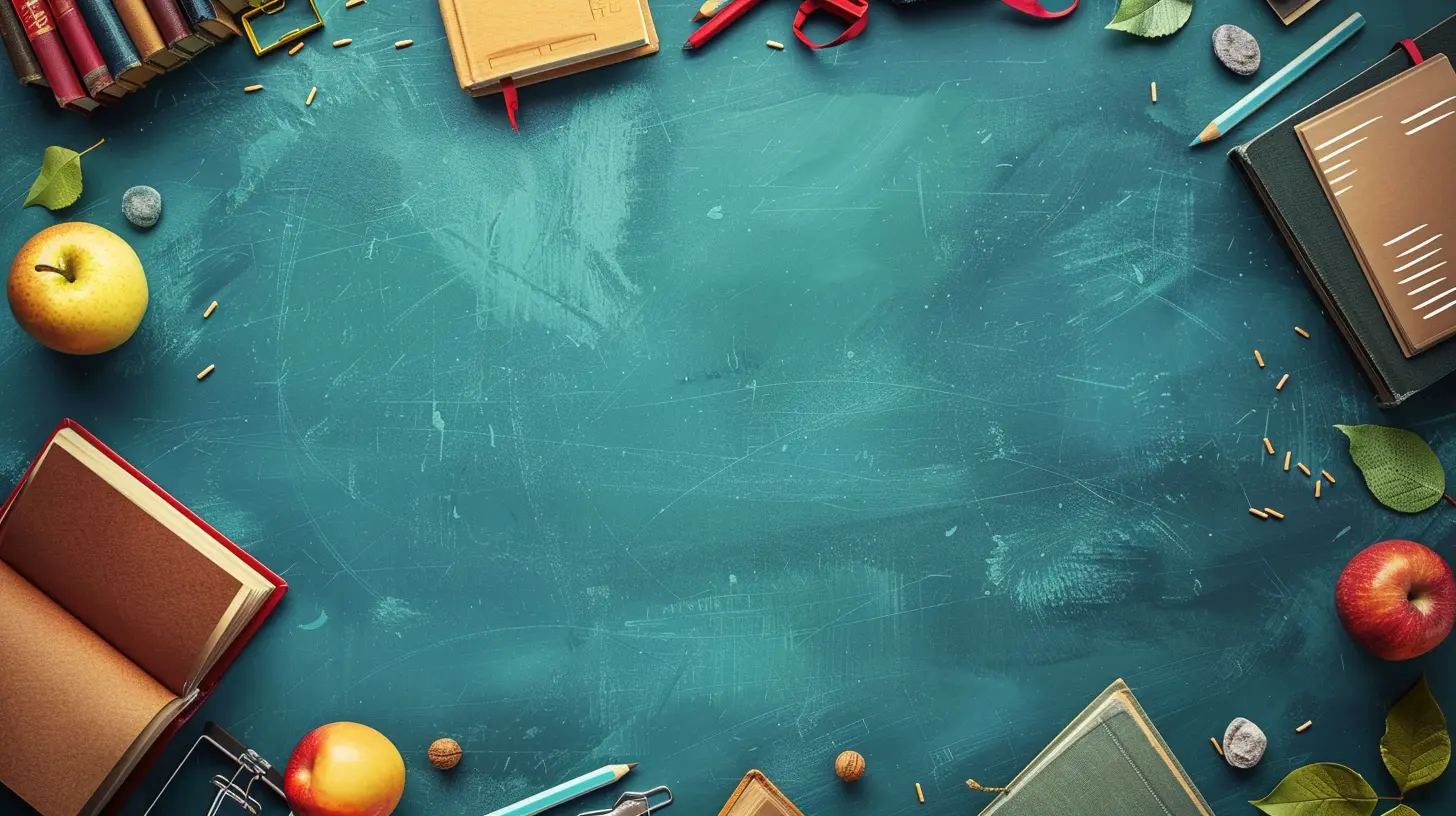
What Are Open Educational Resources (OER)?
Let’s keep it simple. Open Educational Resources are teaching and learning materials that are freely available to use, adapt, and share. We’re talking textbooks, lesson plans, worksheets, videos, quizzes, you name it.Unlike traditional, copyrighted materials, OER are usually licensed under something like Creative Commons. That means you can remix, revise, and redistribute the content without worrying about breaking any laws. Pretty neat, right?
Real-World Example:
Ever heard of Khan Academy, CK-12, or OpenStax? Yep, those are examples of platforms offering OER. They’re goldmines for awesome, adaptable content.
Why Should You Care About OER?
Let me ask you this: How many times have you looked at a textbook and thought, “This just isn’t working for my class”? Probably too many to count.Here’s how OER can save the day:
1. Tailored to Your Students
Every class is different. Some students zip through algebra like it’s a video game. Others? Not so much. With OER, you can tweak the content to meet the needs of every learner. Want to add more visuals or explain concepts in simpler language? Go for it.2. Budget-Friendly
Let’s be honest—budgets in education can be tighter than a jar lid fresh from the store. OER are free. That means you can offer high-quality resources without eating into the school’s wallet or asking parents to shell out for expensive books.3. Culturally Relevant and Timely
OER allow you to adjust examples, stories, or data to reflect the culture and experiences of your students. And since they’re digital, you can update them faster than you can say “lesson plan.”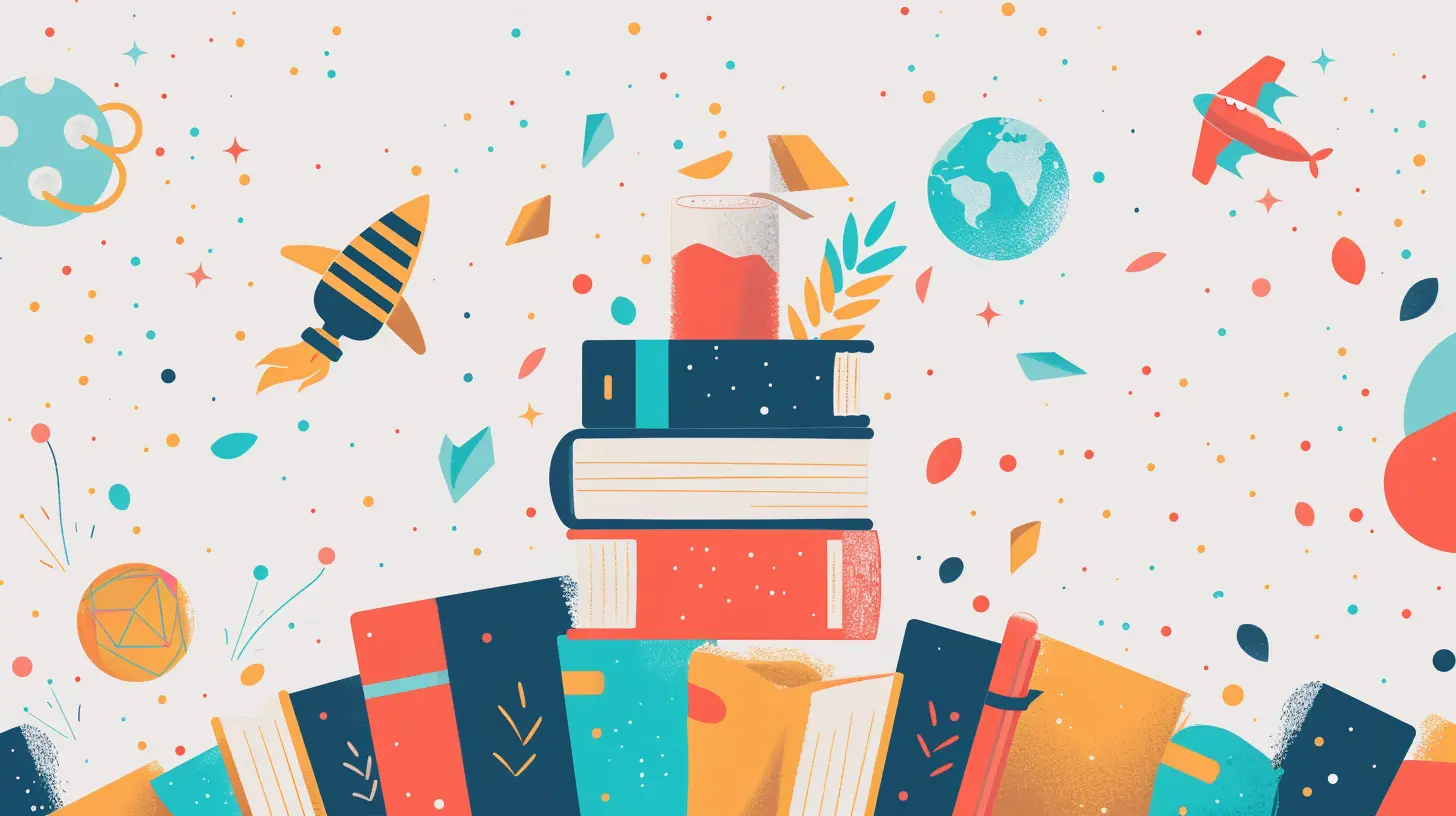
How to Find the Right OER for Your Classroom
Now, let’s make it practical. You’re sold on the idea—but where do you start?Step 1: Know What You Need
Before diving into the ocean of OER, take a moment to figure out what you're fishing for. Are you looking for a full curriculum? Just a worksheet? Maybe a video that explains long division?Step 2: Use Trusted Platforms
Here’s a sweet list of places where you can search for quality OER:- OER Commons – A massive library of free educational materials.
- Curriki – Offers user-generated lesson plans and courseware.
- CK-12 Foundation – Great for STEM content.
- OpenStax – College-level textbooks that are totally free.
- MERLOT – Not the wine, but a rich collection of peer-reviewed learning materials.
Step 3: Evaluate Before You Adopt
Not all free material is created equal. Ask yourself:- Is it accurate and up-to-date?
- Is the tone suitable for my students?
- Are there any cultural biases?
- Can I adapt this to fit my lesson objectives?
Imagine OERs like raw ingredients—you still need to make sure they’re fresh before cooking up your final dish.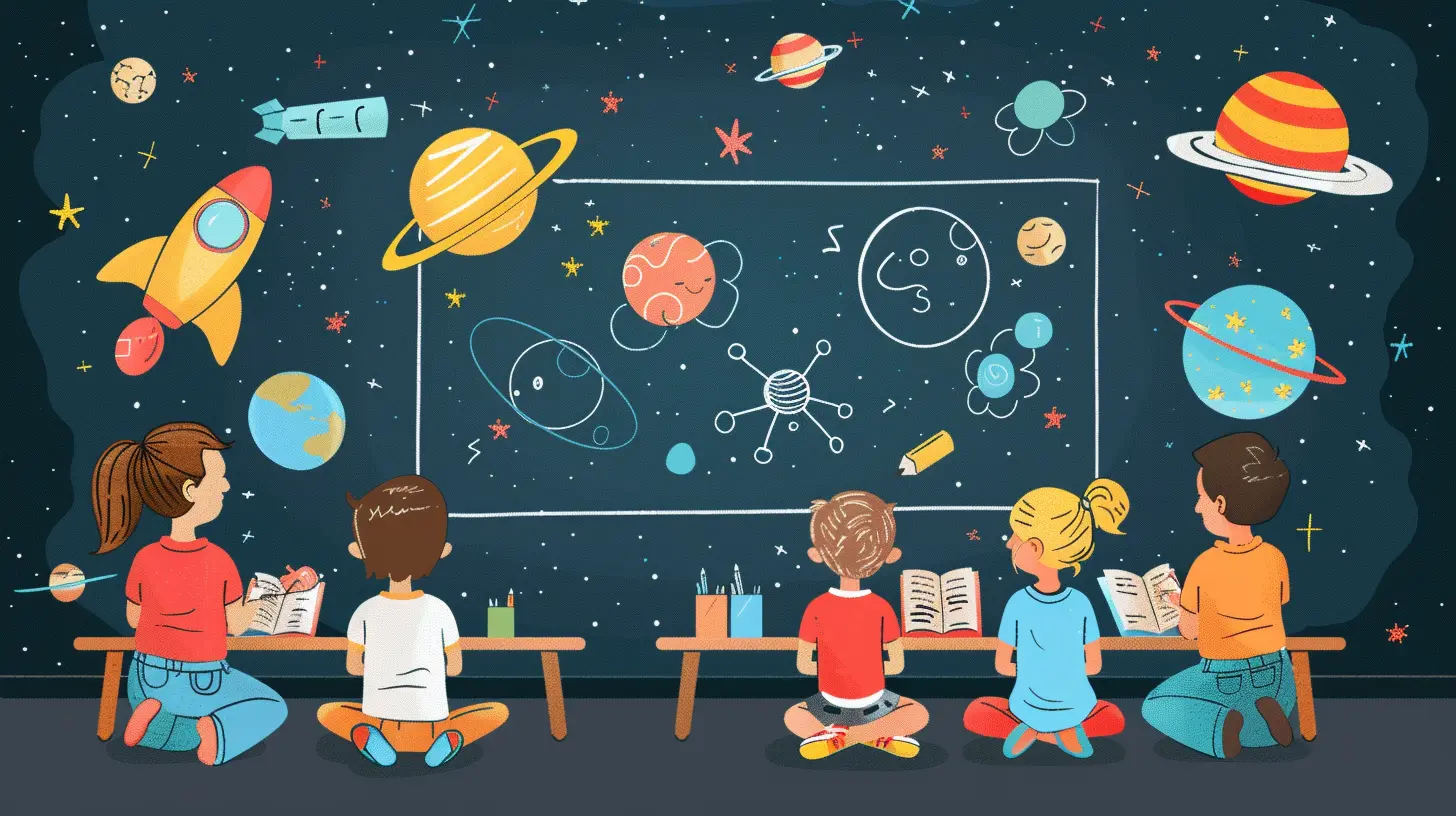
Customizing OER: Time to Play Chef 🧑🍳
Now for the fun part—customization.Modify the Language
Have struggling readers? Break down complex terms. Working with English Language Learners (ELLs)? Swap in simpler synonyms or provide bilingual word banks. It’s like adjusting the seasoning in a recipe—tailor it for the tastebuds you're serving.Add Local Context
Instead of an example about a far-off city, why not use landmarks, businesses, or local news events your students know? You’ll get more engagement because it feels real to them.Mix and Match
Found a video you love, but the worksheet’s a dud? No problem. Combine elements from different OER to build your dream lesson.Include Student Voice
Let students personalize the material themselves. Add reflection questions or open-ended activities that let them connect the content to their lives.Real Teachers, Real Wins
Still not sure OER can make a big difference? Let’s hear from some educators who’ve walked the walk.Case Study #1: Maria the Middle School Science Teacher
Maria struggled to find engaging materials for her 7th graders. Using CK-12, she found interactive simulations and created a Google Slides deck that turned into full-on science stations. The result? Fewer yawns, more “Aha!” moments.Case Study #2: Mr. Patel’s High School Civics Class
Textbooks were outdated. Mr. Patel used OER Commons to pull in recent Supreme Court cases and let students debate in mock trials. Instant relevance, and his students couldn’t stop talking about it.Avoiding the Pitfalls of OER
Okay, it’s not all sunshine and rainbows—there are a few potholes to avoid on your OER journey.Beware of Information Overload
With so much content, it’s easy to get overwhelmed. Stick to your learning objectives like glue. If a resource doesn’t align, keep browsing.Watch Out for Quality Gaps
Some resources may look slick but lack pedagogical depth. Always vet for accuracy, readability, and engagement.Check the License
Even though it’s “open,” you’ll still want to respect creators’ licenses. Look for Creative Commons tags like CC BY or CC BY-SA to know how you can use and adapt materials.Tips for Long-Term OER Use
Want to make OER part of your everyday practice? Here's how:Build a Personal Library
Create your own Google Drive or bookmark folder of “go-to” OER pages. It’ll save you loads of time later.Collaborate with Colleagues
Two (or more) heads are better than one. Share resources with your team. You can even co-create custom lesson plans from OER materials.Keep Learning
OER is a growing field. Stay updated with webinars, newsletters, or join communities like the Open Education Network.The Bottom Line
Customizing your lessons with Open Educational Resources isn't just a smart move—it’s a game changer. It’s about moving away from the “textbook trap” and embracing a flexible, student-first approach to teaching.Sure, you’ll need to put in some effort up front. But the payoff? Lessons that resonate, learners who engage, and a classroom that feels more alive.
So next time you're planning a lesson, why not start with a little open magic?
You’ve got this.
all images in this post were generated using AI tools
Category:
Open Educational ResourcesAuthor:

Anita Harmon
Discussion
rate this article
2 comments
Adria Duke
Customizing lessons with Open Educational Resources not only enhances engagement but empowers educators to tailor learning experiences that meet diverse student needs effectively. Embrace the possibilities!
November 15, 2025 at 11:22 AM

Anita Harmon
Thank you! I completely agree—customizing lessons with OER truly transforms teaching and learning, making education more inclusive and effective.
Ashley McCord
Using Open Educational Resources is like customizing a pizza—add your favorite toppings and make it uniquely yours! Just remember, no pineapple on math lessons, please. 🍕📚 #EducationalSlice
July 12, 2025 at 12:49 PM

Anita Harmon
Great analogy! Customizing OER really does let educators create the perfect blend for their students. And I totally agree—no pineapple in math! 🍕😁
